Foxes play an important role in urban and rural environments by controlling populations of pest animals (like rats and mice), dispersing seeds via their scat (fox poo) and minimising the spread of diseases by scavenging on carrion. Foxes are mostly nocturnal which means they are more active at night, but it isn’t unusual to see younger foxes out and about in the day when they are playing, practising hunting or just snoozing in the sun.
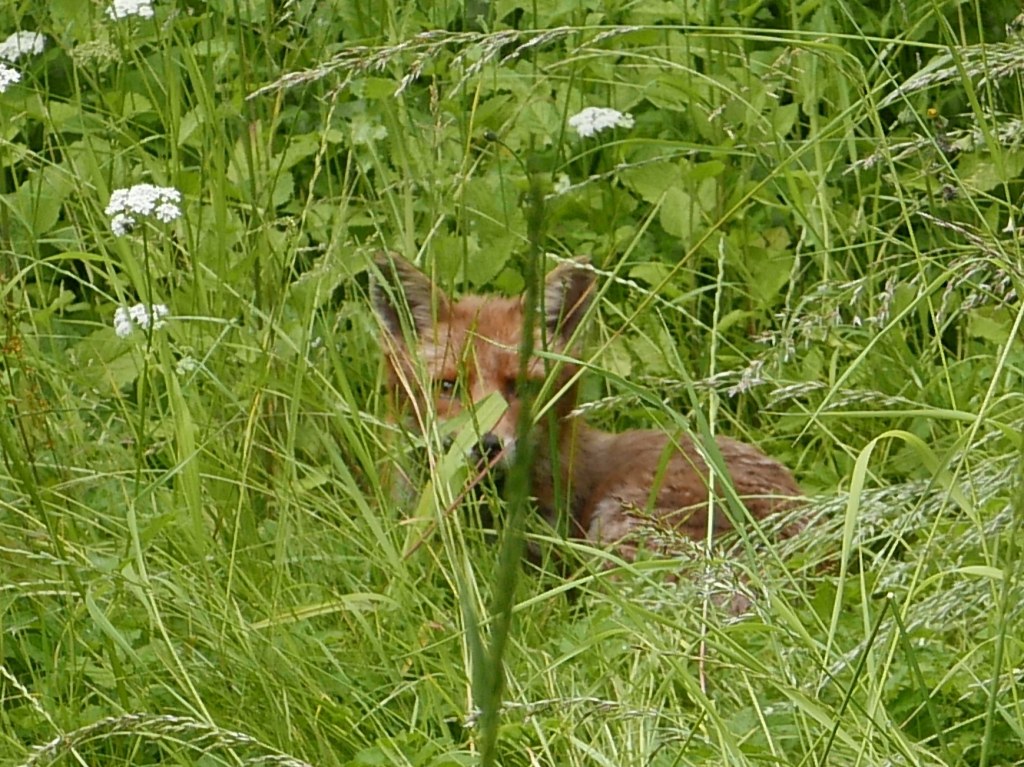
The UK is home to the Red fox which is named after its distinctive reddish brown fur. Foxes are members of the dog family (Canidae) but they have vertical pupils like cats which help them to see in the dark (Grey foxes can also retract their claws like cats do), they also have whiskers on their legs and faces to help them navigate. Whiskers are special long hairs that are connected to lots of nerve endings in the skin that send signals to the brain. Whiskers can sense objects via touch as well as vibrations in the air.
Foxes are both hunters and scavengers and they eat a varied diet of small mammals (like rabbits, rats mice and voles), birds, amphibians, reptiles, fish, crabs, carrion, fruit and invertebrates like beetles and worms. Urban foxes will also rummage through bins to find left over scraps of human food.
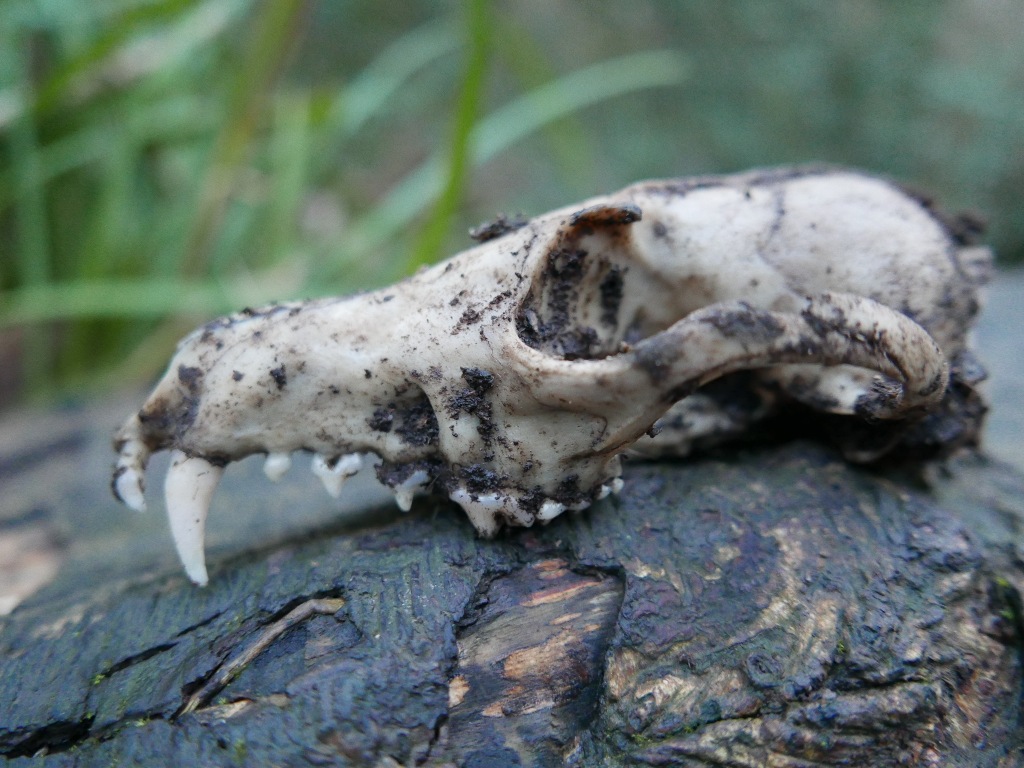
Foxes have four long canine teeth and 14 sharp incisor teeth which they can use to catch and tear their food with. When hunting they will crouch down to hide in surrounding vegetation so they can leap and pounce on top of any unsuspecting prey. They have a keen senses of hearing and smell which they use to detect prey under several layers of snow, earth or vegetation and they will often dig up earthworms, grubs and other burrowing animals to eat.
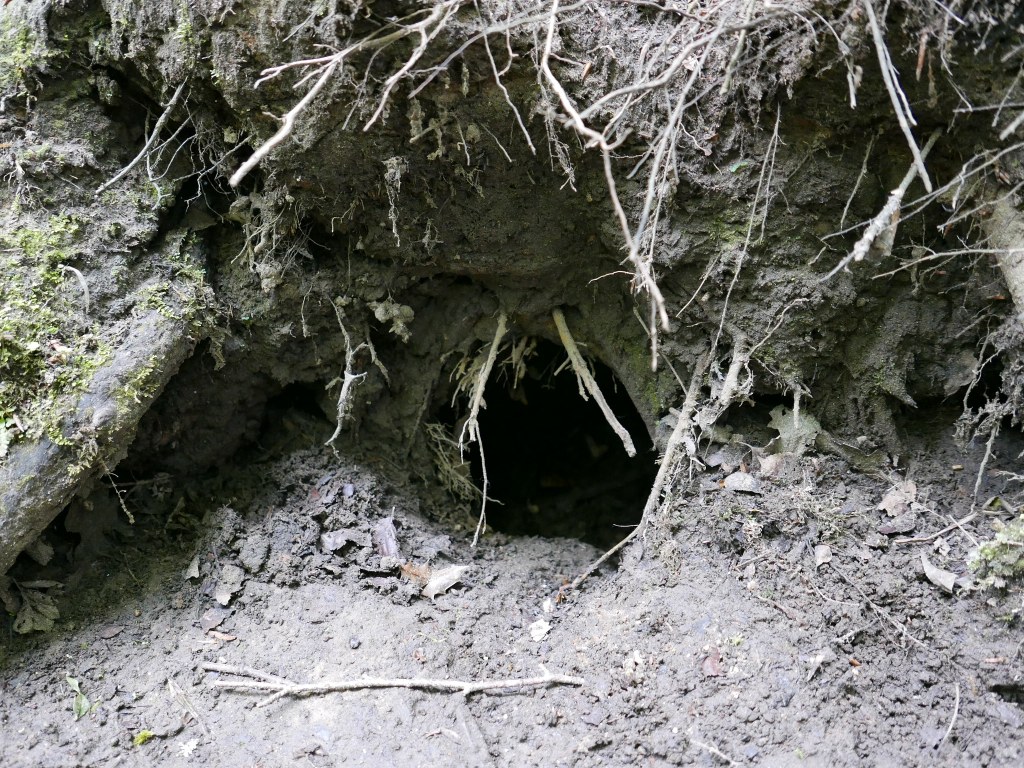
Foxes also dig under ground burrows to live in called a den or earth, the burrows are made up of a series of tunnels and chambers that provide shelter, food storage, sleeping spaces and a safe place to raise their pups. They also have several exit and entrance tunnels to provide swift escape routes out of the den if the fox ever feels threatened by another predator or human.
The average lifespan of a wild fox is only two to three years but some individuals can live up to 10 years. Road traffic accidents are the main cause of death for foxes in the UK, followed by disease, loss of habitats and also sadly illegal hunting by humans.

You can find lots of fun and easy educational ideas below for all ages to help you explore and learn more about these beautiful animals. From science and sensory to arts and crafts.
1. Take part in a mammal survey
Did you know that you can find over 100 mammal species on land and in the waters around the UK? Mammals are warm blooded animals that have back bones, mammary glands and fur or hair. Wildlife and mammal surveys are quick and easy to do for all ages and you don’t need anything other than observant eyes and an outdoors space to explore and survey. You can often spot signs of mammal activity if you know what to look for. The further activities below give you lots easy ways and guidance on how to find and identify mammal signs, tracks and homes.
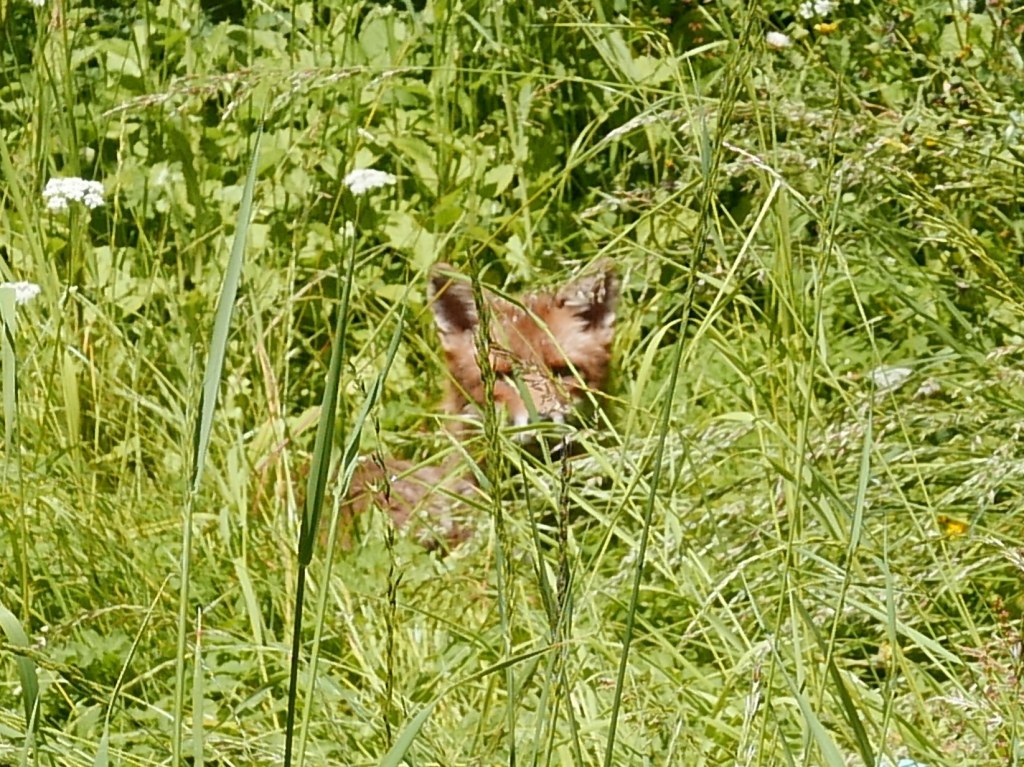
If you want you could take a notepad or camera with you to record your finds or print out photos or guides to identifying mammal signs and tracks. You can then record your mammal sightings on national databases like Nature’s Calendar or iRecord or submit findings to your own local wildlife, environmental science or natural history groups. You can also take part in national surveys like the Peoples Trust for Endangered Species Living with Mammals Survey or their Mammals on the Road Survey here.
2. Look for fox paw prints
You can often find animal pawprints in muddy areas or after fresh snow. The best places to look are in areas right by water like rivers, lakes, ponds and streams where animals go to drink and walk through soft mud. The Wildlife Trust have a useful photo guide to identifying animal tracks here which you can use to help identify any prints you might find.

3. Make a fox print plaster cast and clay impression
You can easily take a cast of any animal prints you find to enjoy and explore at home. All you need for this activity is some Plaster of Paris, water, a cup or mixing bowl and a spoon. Simply mix the plaster with water in the cup or bowl and then pour it onto the animal print. You could also make a simply cardboard collar or hoop to place over the print and contain the plaster but this isn’t essential. You then need to wait patiently for 30 minutes to an hour for the plaster to dry before carefully removing the cast of the print. You can then use your plaster cast paw prints as stampers to make impressions and prints into clay, salt dough or playdough. Once your prints have dried you can paint and decorate them or turn them into pendants or decorations.

4. Spot signs of dens and burrows
You can often spot the tell tale signs to burrows or dens by the loose earth around holes dug into the earth. Rabbit burrows often have droppings near by and fox dens have many exits and entrances. This is also a good place to look for tracks and and any stray bits of fur caught on bushes, roots or branches near or around the entrances.

5. Make your own fox den
How about making your own pretend fox den or animal home. You could use a toy animal like a fox and make a home for it using natural materials like leaves and sticks or you could dig them a shallow hole to represent a burrow or den. It is a great opportunity to talk about the different places and environments in which animals live and what kind of shelter they might need in the winter. Do they need to hide from predators, or are they predators themselves? You could also talk about what they like to eat and or make them a play pretend meal.

6. Look for animal remains
Animals often leave remnants of food which you can spot. Small mammals may leave nibbled and cracked nut shells and half eaten fruit or food. Where as larger predators will leave behind the remains* of other animals in the form of bones, fur, feathers, skulls, teeth and even broken eggshells. Occasionally you may even find the body parts of a predator that has passed away like the amazing fox skull below.
*Please don’t touch or handle animal remains unless you have proper gloves and know what you are doing. Animal remains can harbour pathogens like bacteria and viruses. It’s best to observe them safely by telling children not to touch them or get too close.

7. Learn about the food chain
You can learn about the role foxes play in food chain by drawing a simple food pyramid. Food pyramids start with the primary producers at the bottom, they tend to be photosynthetic organisms like plants, trees and grasses. Next come the primary consumers, the animals that feed on the primary producers for example rabbits and squirrels, next come the secondary consumers or intermediate predators like snakes and weasels, and finally there are the tertiary consumers or the apex predators like foxes and badgers which are right at the top of the food chain.

8. Go on a poo hunt
A slightly gross but also surprisingly easy way to track mammals is via their poo*. Many species leave very distinctive droppings that you can identify using the Wildlife Trusts handy photo guide here. Once you feel confident identifying droppings you can also have a little fun trying their Poo Dunnit quiz here. Fox poo is called scat and it is often full of the remains of fur, feathers, bones, seeds or berries.
*Please don’t touch or handle poo or droppings as they can harbour pathogens like bacteria and viruses. It’s best to observe them safely by telling children not to touch them or get too close.
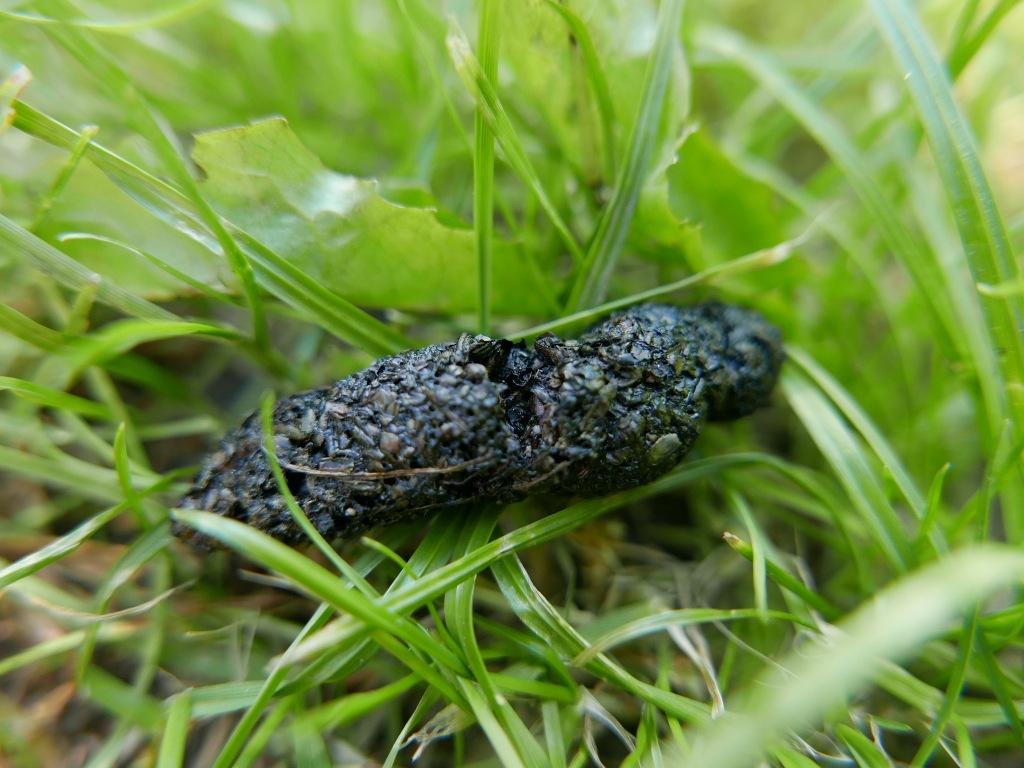
9. Listen out for wildlife at night
Just as the rest of the world is going to bed the creatures of the night begin to emerge. This is a wonderful time to observe and discover a hidden world of wildlife you normally never see. The world is alive with at night with the noise of busy nocturnal creatures from bats and owls to hedgehogs, foxes and badgers. All you need is a torch, warm sensible clothing and a safe space to sit and listen out for sounds of wildlife at night. We also like to have hot chocolate and blanket with us to warm up with if it gets too chilly. Wildlife online have some great audio recording examples of the different noises and calls red foxes make here.

10. Make a sand print tracker
Sand print trackers are a great way to capture the paw prints of any mammals and other animal passing through your garden at night. To make a sand print tracker you simply need to lay a thin layer of damp sand across a flat surface like a path or patio. Smooth the surface of the sand and leave overnight. In the morning you can check to see if any animals have left tracks in the sand. The only downside to sand print trackers is that some wildlife (like cats) may mistake it for a litter tray. So just be aware of that if you decide to make one. Again the Wildlife Trust have a useful photo guide to identifying animal tracks here which you can use to help identify any prints you might find.

11. Nature art foxes
Nature art is a great indoor or outdoor activity that encourages creativity and fine motor skills. It is also fun and engaging activity for children of all ages and abilities. Simply collect as many natural objects as you can find around you and then arrange them into fox faces or shapes. You could use leaves, stones, grass, bark, fallen fruit and flowers. *But pretty please don’t pick any wild flowers, only collect ones you have grown yourself or fallen ones you find on the floor.

12. Painted leaf foxes
A simple activity but fun activity where you turn fallen leaves into foxes using paint, oil pastels or chalk. Once you have finished painting and decorating the leaves you can use them as decorations or for role playing games or story props.

13. Egg carton foxes
We hate to waste anything and recycling and reusing materials is one of many small things we can all do to help the environment. So instead of chucking used egg cartons we like to find ways to use them in crafts and activities. To make an egg carton fox you just need an old egg carton, and paint or pens. First cut round one of the bottom spikes and the two egg carton cups from the egg carton to form the nose and ears. You can then add colour to your egg carton fox using paint, pens or collaged materials.
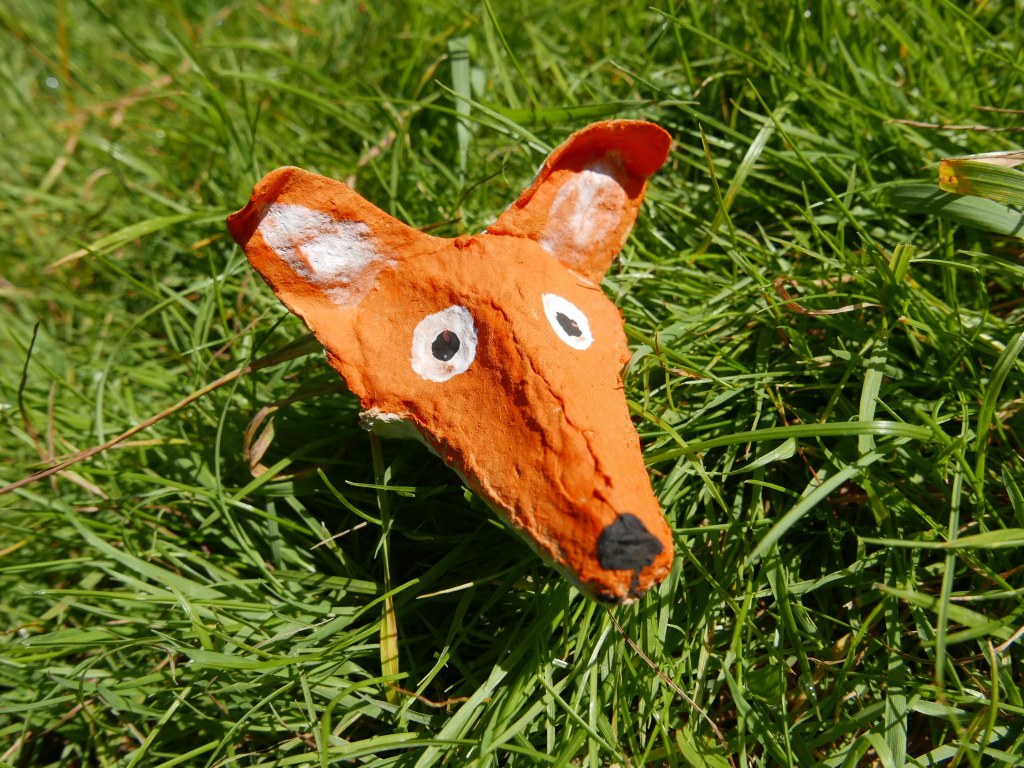
14. Cardboard tube mice, voles and shrew
To make cardboard tube fox you just need an old cardboard tube and paint or pens. First cut into one of end of the tube to form two pointy fox ear shapes , then paint, colour, collage or stick onto the tube to add details like the foxes eyes, mouth, paws and tail. You can then use your cardboard tube fox as a decorations, story props, napkin rings or even fill them with sweets or presents to give as gifts.
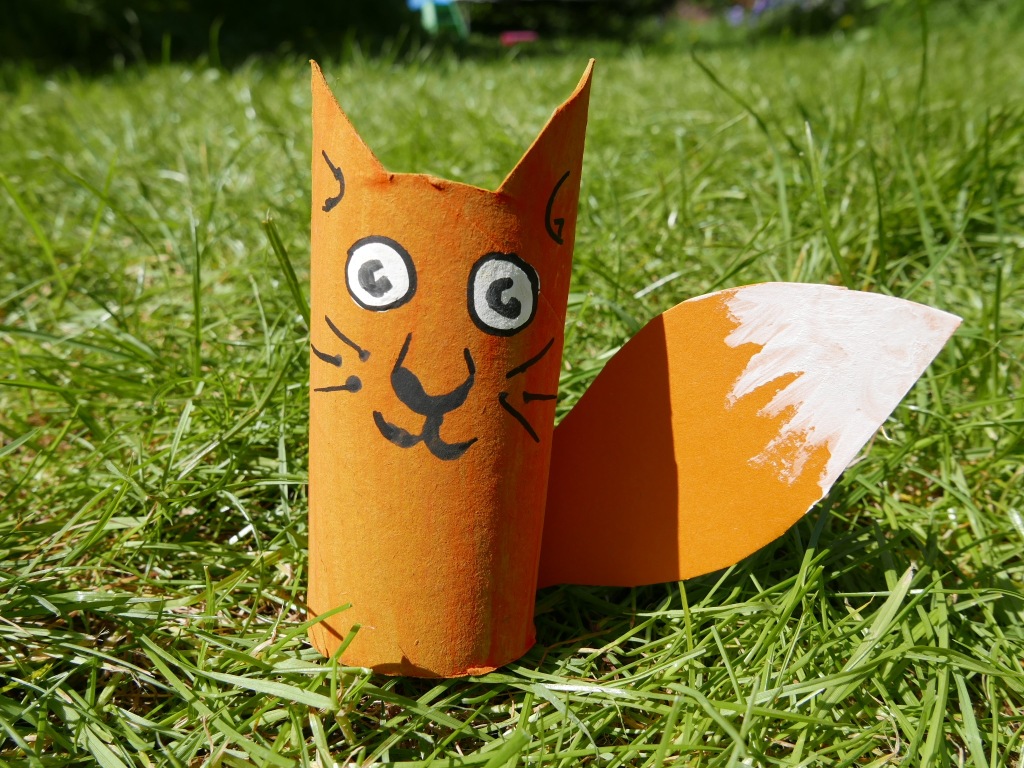
15. Log slice foxes
Log slices are simply slices of tree logs or branches. They can be any shape or size and they are a brilliant, tactile and fun resource to use in play. You can easily decorate your log slices with fox pictures or faces and then turn the log slices into pendants or use them as games counters or decorations. You just need to carefully drill a single hole through the slice so the children can thread some string, ribbon or wool through.

16. Painted pebble foxes
We love finding painted pebbles when we are out and about, it’s wonderful to see the creativity and love that people put into them. You can easily find pebbles to decorate yourself by looking in your garden, on a nature walk or along the shore. All you need then is some paint or permanent markers to paint or draw fox themed pictures or designs onto the pebbles. *Safety note please be aware of the choking hazard of pebbles with smaller children.

17. Fox mirror prints
Mirror image painting is a quick activity that also looks really effective. Simply fold a piece of paper or recycled cardboard in half. Unfold the paper or card and then paint half of a bell fox face or shape onto one half of the paper. Then fold the paper or card back up again and press down firmly across the whole of the surface. When you open the paper or card back up again you should have an interesting mirror image print of a fox.
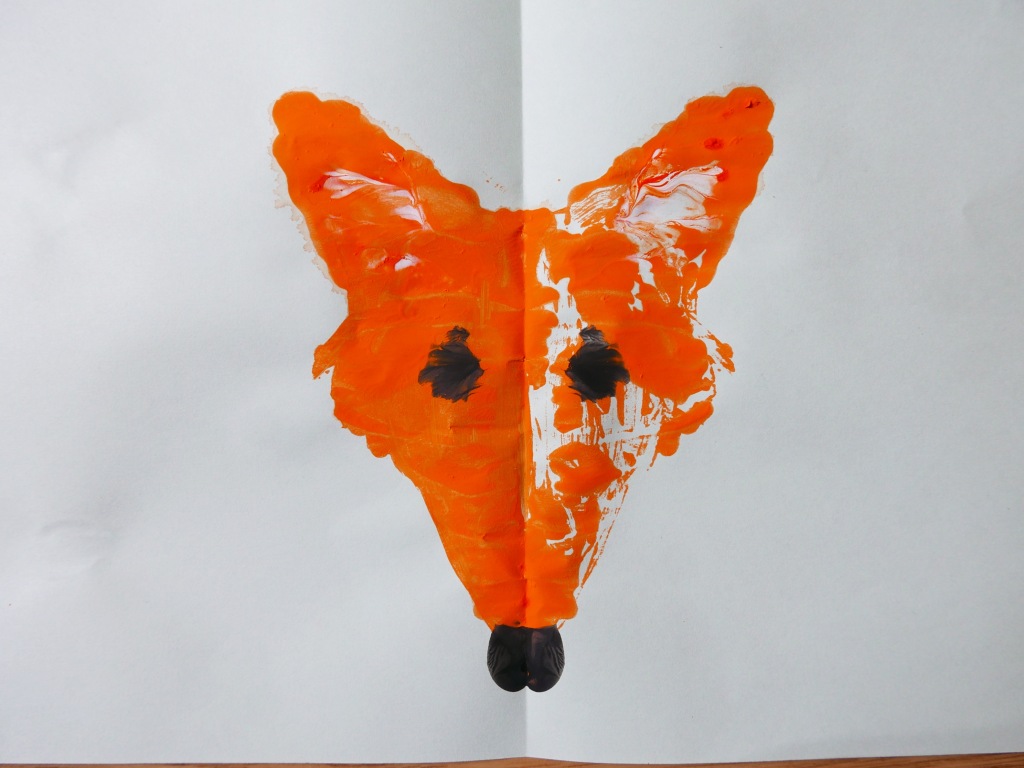
18. Fox potato prints
Potato printing is a simple activity for children of ages, all you need is a potato cut in half, a bit of inspiration and some paint to get started. How about using the potato prints to make patterns, pictures, cards and even recyclable wrapping paper. It is also fun to experiment printing on different types of surfaces and textures from paper to fabric, foil and wood. And as long as you use non toxic paint you can even print on outdoor surfaces like paths, trees and leaves. Simply cut a potato in half and then carefully carve a simple fox face or body shape to print with. You can also stick, paint or draw on extra details.
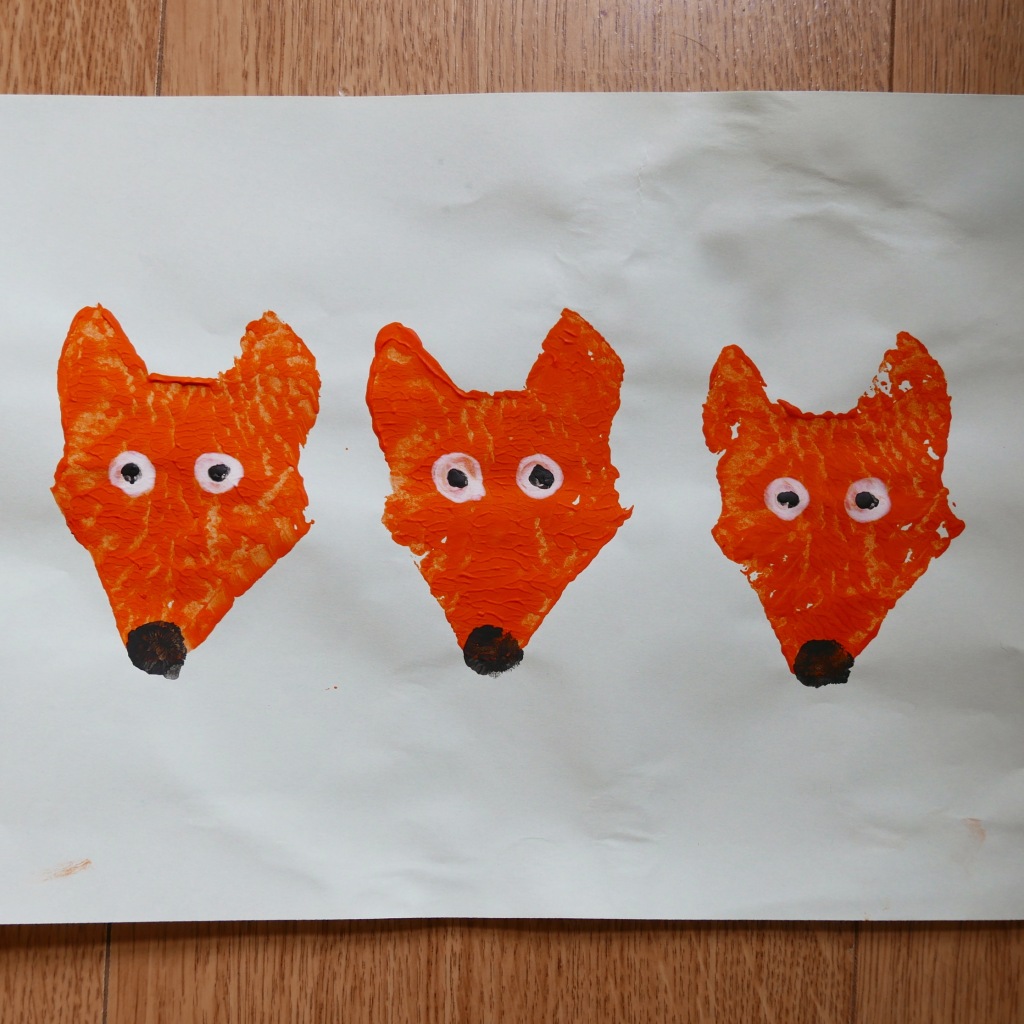
19. Provide water for wildlife
And finally you can help foxes and other wildlife during hot spells, long dry periods or during freezing cold weather by placing bowls of water out in safe but easy to access places for them. Don’t forget to then to clean the bowls and change the water regularly to make sure it doesn’t get dirty or go foul. Please don’t put out milk as this can make foxes and other animals sick.

For day 14 of 30 Days Wild 2024 we were excited to find a sleeping fox in the garden. We then put out some fresh drinking water for the fox and other wildlife and enjoyed some fox themed arts and crafts.
If you like this you might like to try:



